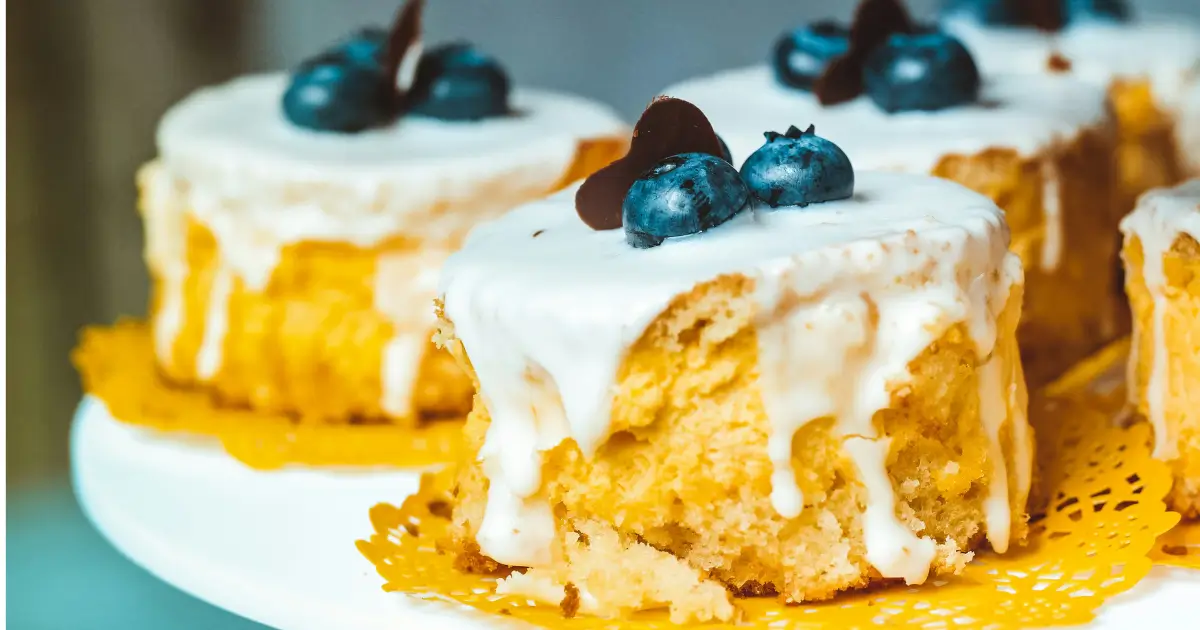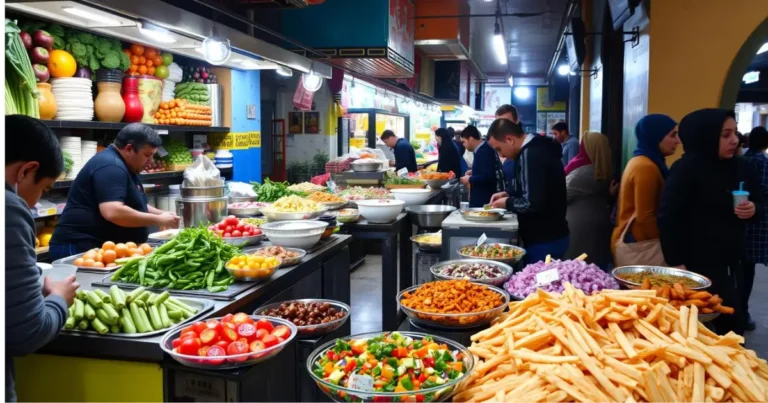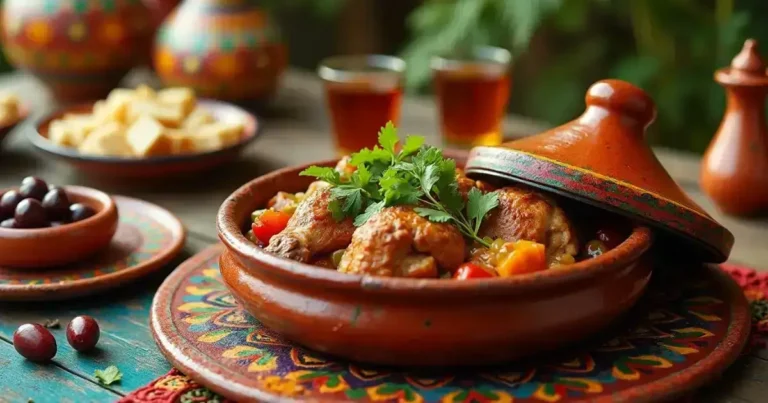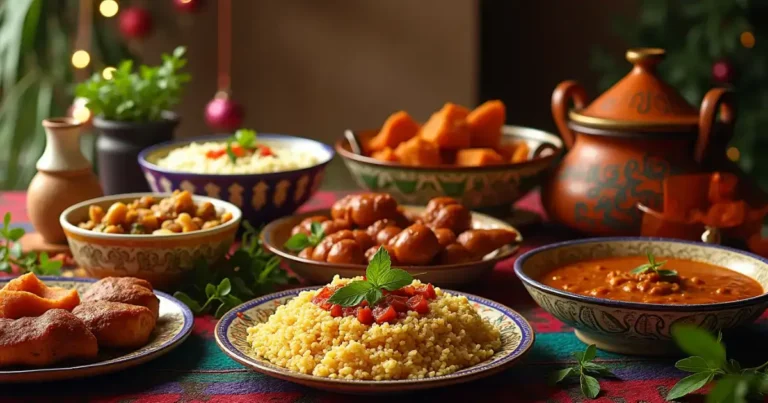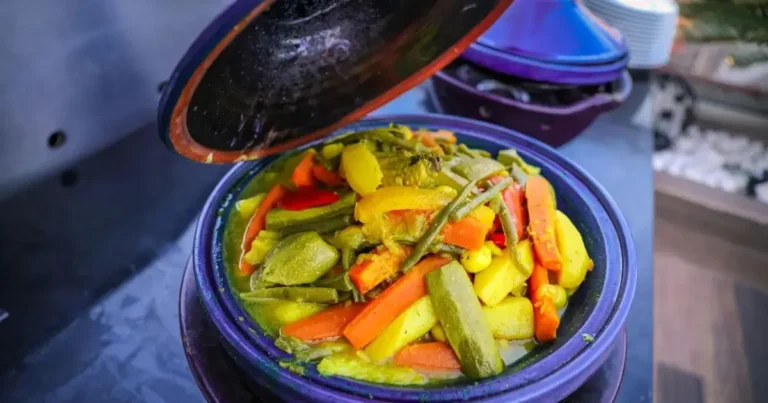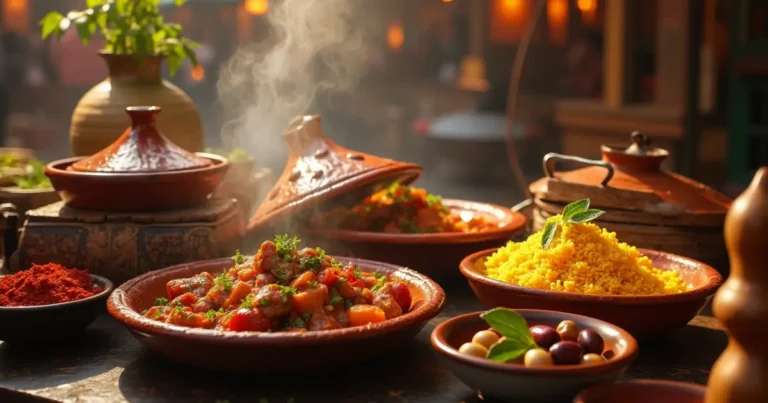Moroccan Sweets: Best Moroccan Dessert Recipes
Moroccan Sweets: Best Moroccan Dessert Recipes
Table of Contents
Morocco’s culinary landscape is a tapestry of flavors, colors, and aromas that tell stories of ancient traditions and cultural heritage. Among its many gastronomic treasures, Moroccan sweets hold a special place, recognized by UNESCO as part of the country’s Intangible Cultural Heritage. From the delicate crescent-shaped Kaab el Ghazal to the honey-dripped Chebakia, these confections are more than mere desserts – they’re edible art pieces that reflect centuries of culinary mastery.
As you walk through the winding alleys of Morocco’s medinas, the sweet scent of orange blossom water mingles with roasting almonds and warm honey, leading you to artisanal bakeries where these traditional treats are crafted daily. Whether it’s the creamy Mulhalbia reminiscent of crème brûlée or the intricate layers of Moroccan Baklava, each sweet tells its own unique story.
Traditional Moroccan Pastries: A Culinary Heritage
Mulhalbia
This beloved dessert showcases the Moroccan love affair with orange blossom water. Similar to a French crème brûlée but distinctly Moroccan in character, Mulhalbia combines milk, rice flour, and cornstarch to create a silky-smooth custard. The dessert is perfumed with orange blossom water and often garnished with crushed pistachios and a light dusting of cinnamon. Traditionally served chilled in small glass bowls, Mulhalbia appears at both casual family gatherings and elaborate celebrations, especially during the warm summer months.
Kaab el Ghazal
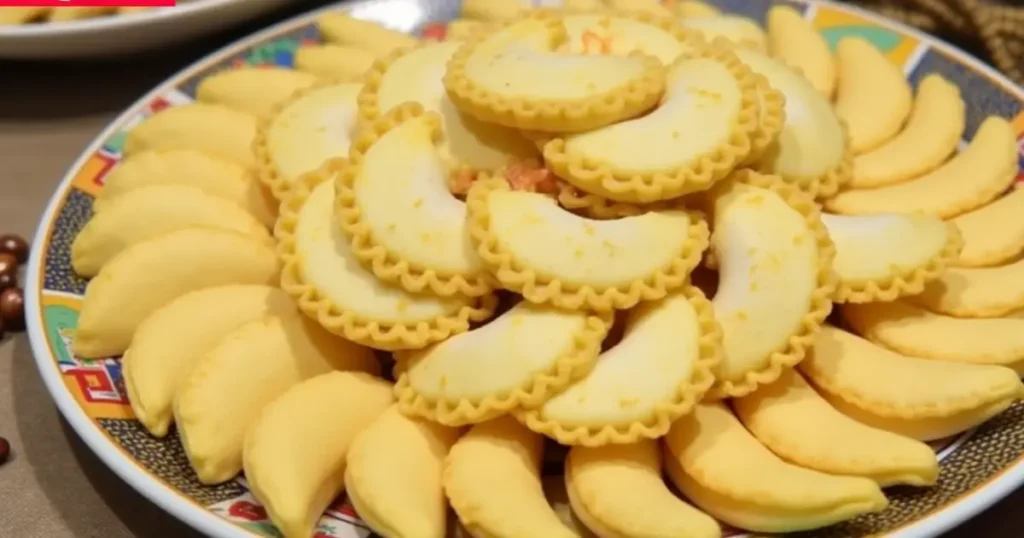
Known in English as Gazelle Horns, these crescent-shaped cookies embody the elegance of Moroccan pastry-making. The name itself reflects their graceful form, reminiscent of a gazelle’s delicate horns. Made with almond paste, orange blossom water, and cinnamon, all wrapped in paper-thin pastry, these cookies are meticulously decorated with intricate patterns before baking. They’re particularly prominent during Eid celebrations and wedding festivities, where their presence symbolizes prosperity and joy.
Chebakia
These flower-shaped cookies are an essential part of the Ramadan experience in Morocco. The dough, flavored with anise seeds, sesame seeds, and mahlab (cherry pit powder), is rolled, cut, and shaped into delicate flowers before being deep-fried to golden perfection. The final touch involves a generous coating of honey syrup infused with orange blossom water. The complex preparation process often brings families together, with recipes passed down through generations.
Moroccan Baklava
While originally Middle Eastern, Morocco has developed its own distinctive version of baklava. The Moroccan variation features layers of paper-thin pastry filled with a mixture of ground nuts (typically almonds and walnuts), enhanced with cocoa powder – a unique regional addition. The pastry is soaked in a fragrant honey-rose water syrup, creating a perfect balance of textures and flavors. Local cooking classes in Marrakech often feature baklava-making sessions, where visitors can learn the art of layering the delicate sheets of phyllo dough.
Seffa
This unusual dessert bridges the gap between sweet and savory. Made from steamed couscous or vermicelli, Seffa is sweetened with powdered sugar and cinnamon, then topped with butter and nuts. What makes it unique is the addition of subtle savory notes from the butter and a light sprinkling of salt. It’s often served at special occasions, particularly during wedding celebrations, where its abundance symbolizes prosperity.
Macroute
Originally from Algeria but deeply embedded in Moroccan cuisine, particularly in Fez, Macroute consists of semolina-based cookies filled with dates or figs. The distinctive diamond shape and ridged pattern are created using a special wooden mold. These cookies are particularly popular during religious holidays and are often served with Moroccan mint tea in the afternoon.
Briuat
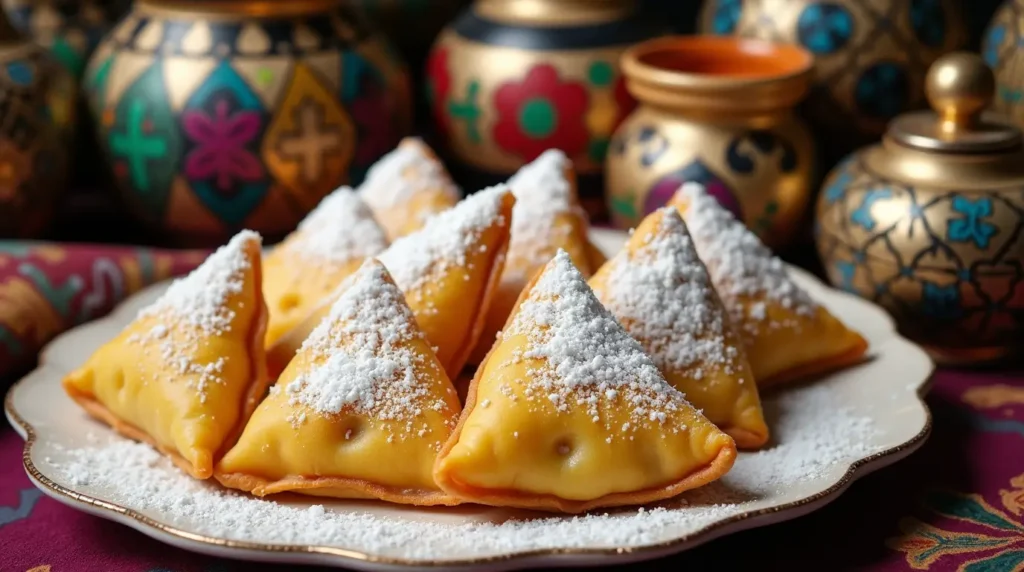
These triangular pastries showcase the versatility of Moroccan sweets. While savory versions exist, the sweet varieties feature fillings of almond paste scented with orange blossom water or honey-soaked nuts wrapped in paper-thin warqa pastry. After frying, they’re dipped in honey syrup and sprinkled with sesame seeds. Their small size makes them perfect for social gatherings and celebrations.
Sphenje
Often compared to churros, these Moroccan doughnuts have their own distinct character. Unlike their Spanish cousins, Sphenje are made with a yeasted dough that creates a lighter, airier texture. Street vendors across Morocco serve these golden rings throughout the day, from breakfast to late-night snacks. They’re particularly beloved during Ramadan for breaking the fast, served either plain or dusted with sugar. The dough’s slight tanginess from fermentation perfectly balances its sweetness.
Fekka
These twice-baked cookies are Morocco’s answer to Italian biscotti. Their affordability and long shelf life make them a staple in Moroccan households. Various regional recipes incorporate different combinations of almonds, raisins, sesame seeds, and anise seeds. Some versions even include a hint of mahlab or cinnamon. Their crispy texture makes them perfect for dipping in coffee or tea, and they’re often offered as a casual sweet to visitors.
Knafeh
This decadent dessert features two contrasting textures: a crunchy top layer of shredded phyllo dough and a creamy bottom layer made with Acavi cheese. The entire dessert is soaked in a rose water-scented sugar syrup, creating a harmonious blend of textures and flavors. While similar versions exist throughout the Middle East, the Moroccan variation is distinguished by its use of local cheese and specific aromatic additions.
Mushrooms “Ghoriba”
These small, dome-shaped cookies earned their nickname from their mushroom-like appearance. Made primarily with ground almonds and coconut, they’re delicately flavored with orange blossom water and lemon zest. Regional variations might include different nut combinations or spice additions. The cookies’ crumbly texture and not-too-sweet nature make them perfect accompaniments to afternoon tea.
Sellew
This unbaked sweet is particularly valued during Ramadan for its high nutritional content. A mixture of toasted flour, ground almonds, sesame seeds, and aromatic spices is combined with honey to create a rich, energy-dense treat. Often rolled into balls or pressed into decorative molds, Sellew is traditionally consumed during the pre-dawn meal (suhoor) during Ramadan to provide sustained energy throughout the fasting day.
The Art of Moroccan Sweet-Making
What makes Moroccan sweets truly special is not just their taste but the artistry and tradition behind their creation. Each recipe represents generations of knowledge passed down through families, with techniques refined over centuries. The precise folding of warqa pastry, the delicate balance of flavors, and the artistic decoration of each piece reflect Morocco’s rich culinary heritage.
Today, visitors to Morocco can experience this sweet heritage in various ways. Many riads and cooking schools offer pastry-making classes where you can learn the secrets behind these beloved treats. In cities like Marrakech, Fez, and Rabat, local guides can lead you through the best pastry shops, where age-old recipes are still followed with meticulous attention to detail.
Preservation of Tradition in Modern Times
While maintaining traditional methods, Moroccan pastry chefs are also embracing innovation. Some are experimenting with new presentations or creating fusion desserts that combine traditional flavors with modern techniques. However, the essence of Moroccan sweets – their connection to family, celebration, and hospitality – remains unchanged.
Whether you’re planning a visit to Morocco or simply want to explore its culinary traditions, these sweets offer a gateway to understanding the country’s rich cultural heritage. Each bite tells a story of family gatherings, religious celebrations, and the joy of sharing something sweet with loved ones.
Your Sweet Moroccan Adventure Awaits
The world of Moroccan sweets is vast and varied, offering something for every palate. From the simplicity of fresh Sphenje to the complexity of hand-crafted Kaab el Ghazal, these treats represent the pinnacle of Moroccan culinary artistry. We invite you to explore these flavors, whether through a guided tour of Morocco’s best pastry shops, a hands-on cooking class, or simply by sampling these delights in a traditional setting.
Want to experience these sweet treasures firsthand?
Consider joining a culinary tour that takes you through Morocco’s imperial cities, where you can taste regional variations and learn from local artisans. Our expert guides can help you discover the best spots for traditional sweets and even arrange private cooking demonstrations with master pastry chefs.
Take the first step in your sweet Moroccan adventure – explore our tour options or sign up for a pastry-making class to begin your journey into the delicious world of Moroccan desserts.

